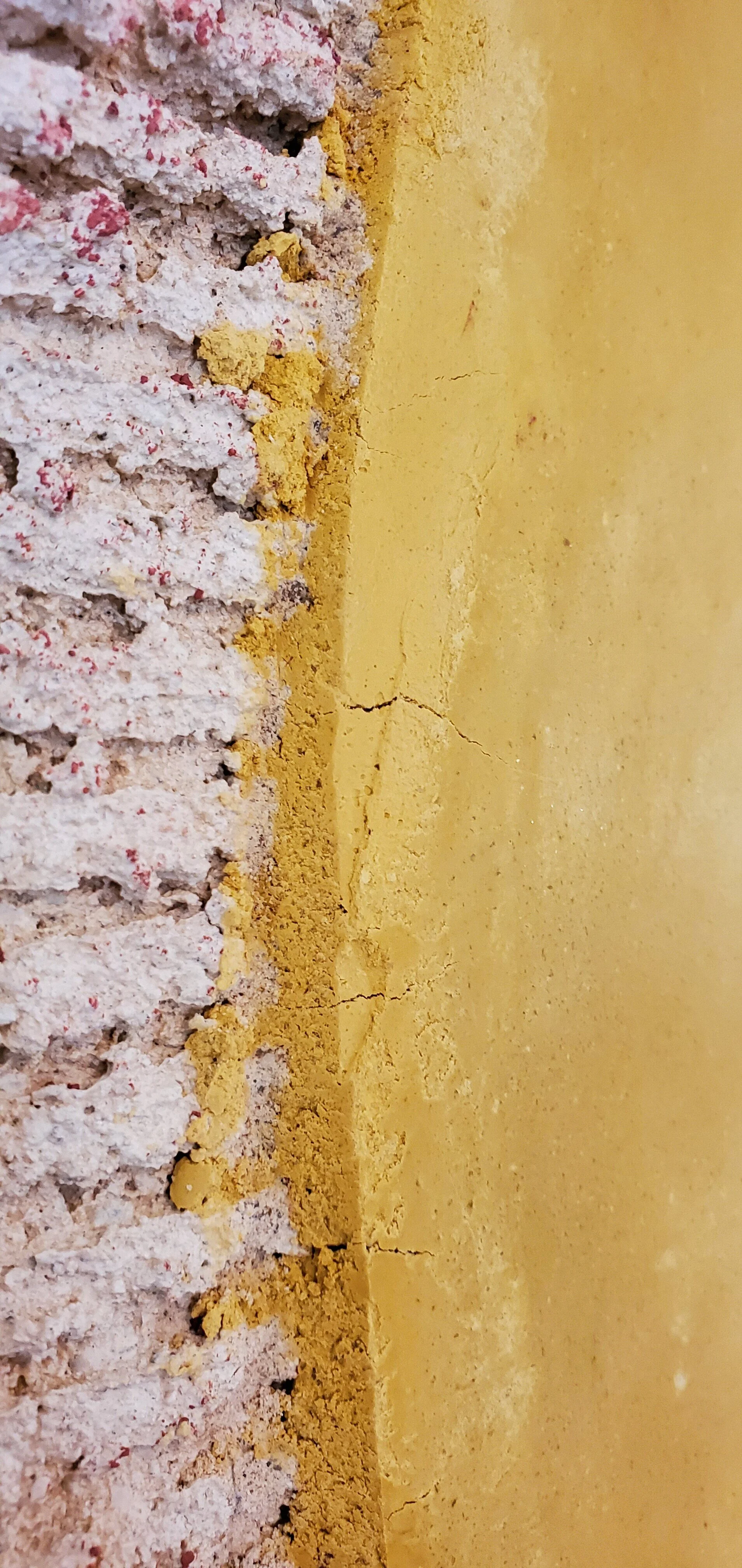The Wonderful World of Tadelakt
This summer, Catalyst participated in not one, but two Tadelakt training courses. The instructors were none other than Liz Johndrow of Earthen Endeavors and Sigi Koko of Down to Earth Design. Having the opportunity to learn from multiple instructors in a span of one month reinforced learning and rounded out and deepened our knowledge gained.
An Introduction
Tadelakt is a Moroccan lime plaster technique that offers a highly water resistant finish. This advanced plastering technique builds on the skills of experienced plasterers and adds new finish options for the professional plasterer. Traditionally used to waterproof water cisterns, tadelakt is now employed in buildings as a lustrous finish in kitchens and baths. The finish can be applied to walls or used to finish water basins. Applied correctly, tadelakt makes a long-lasting and dirt-resistant finish that adds visual and sensual appeal to the space.
Both courses offered an opportunity to also do Scrafitto, which cuts away the outer layer of the tadelakt lime plaster to reveal another plaster coat underneath. This effect is very stark when the underneath plaster layer is a different color. In each course, Catalyst chose to scraffito the school’s logo. Yestermorrow’s logo is simple lines and a circle, whereas Down to Earth’s logo is based from a Hopi animal symbol.
Brass Tacks
Lime plaster mixing and application principles apply to tadelakt. The difference is the finishing of the plaster. In tadelakt, the finish layer is worked extensively and a soap containing stearic acid is applied in order to create a watertight finish. This requires a focused and meticulous attitude, and a strong arm to burnish the material for many hours. In the process of burnishing, the lime plaster is compressed to create metamorphic limestone.
Materials are simple and inexpensive - limestone aggregate, hydrated lime powder, water, and optionally, mineral pigment. It’s the skill of the plasterer that makes this a high-end product. The chemical process of carbonating lime must be observed carefully to know when to burnish, and burnishing must be consistently applied throughout the short curing process. Beginners can expect to accomplish 3 square feet of tadelakt in a day, professionals complete 25-30 square feet in a day.
A Visual Guide to Tadelakt
Liz Johndrow teaches a range of natural building techniques including natural pigments and clay and lime plaster at Yestermorrow Design/Build School in Vermont.












Sigi Koko teaches a range of natural building techniques including lime and clay plaster, strawbale and cob construction in Southern Pennsylvania.












